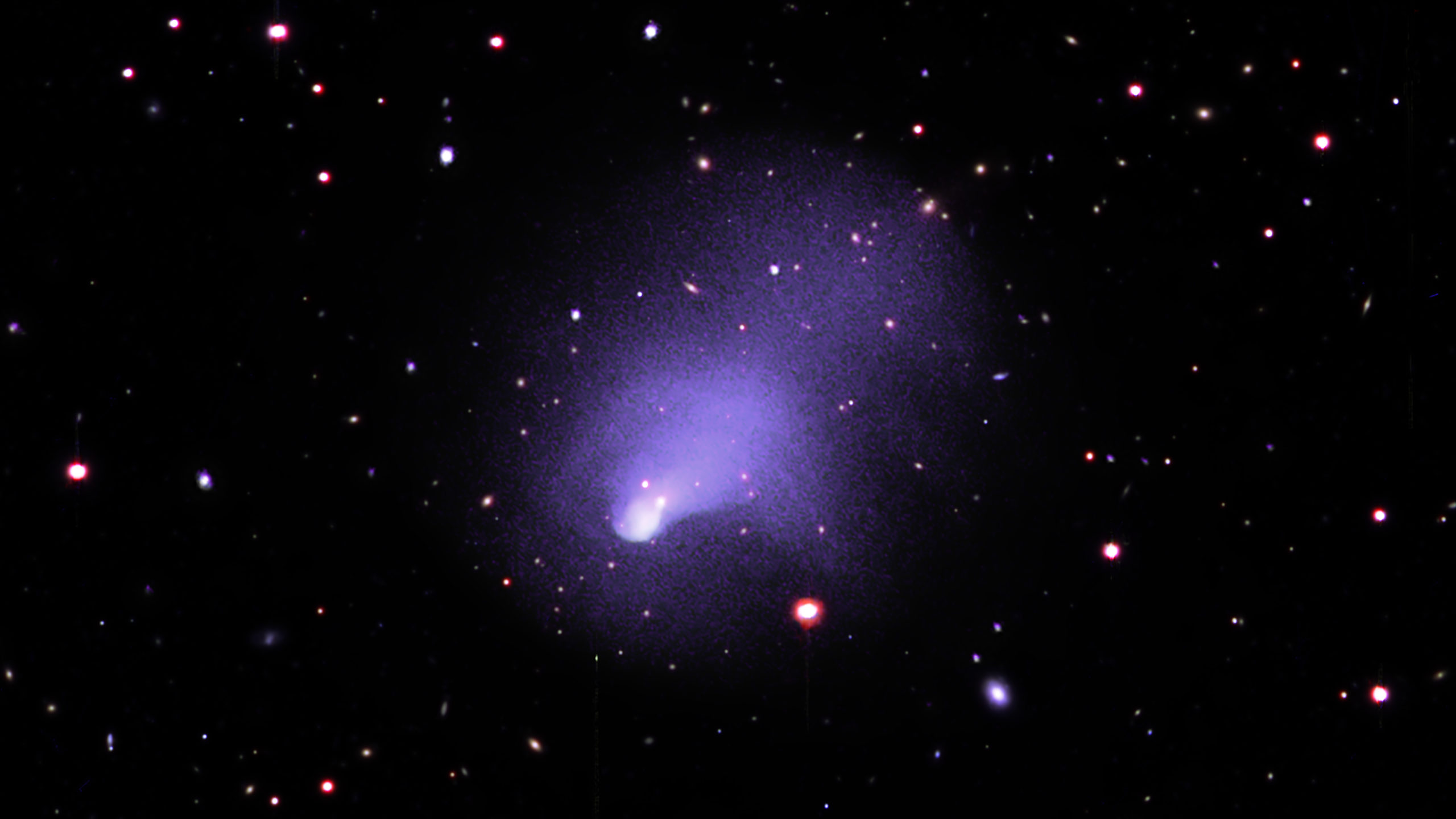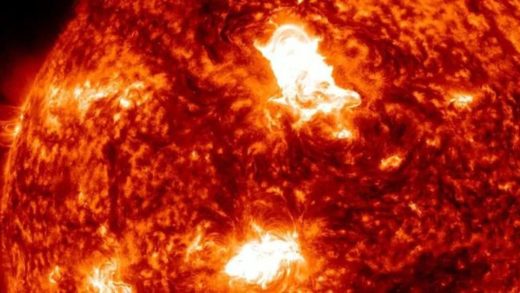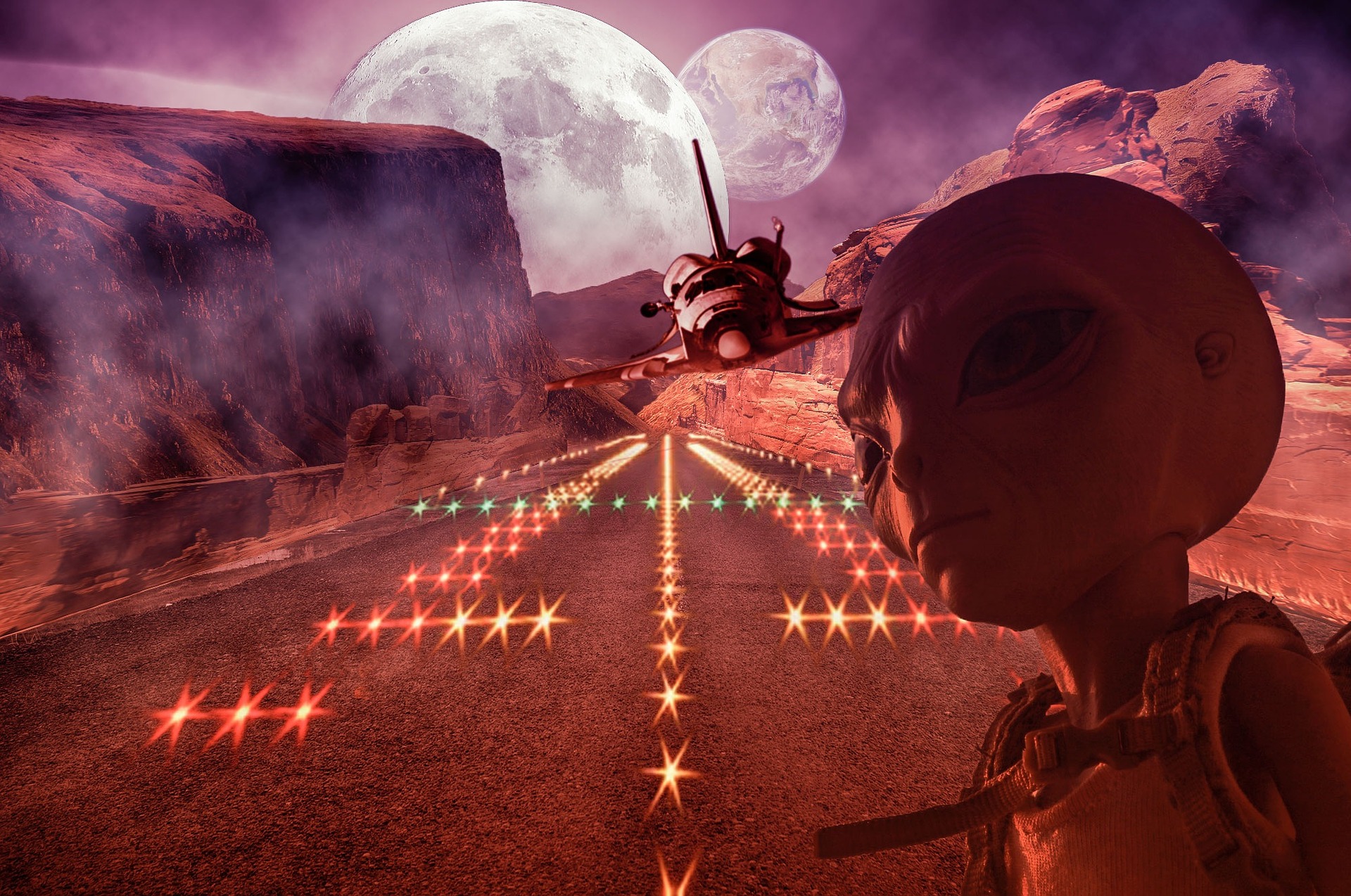Astronomers discovered another Earth-like exoplanet – What about the possibility of life?

It’s another moment of uplifting eyebrows for the possibility of extraterrestrial life as astronomers have discovered another earth-like exoplanet named Ross 508b – about four times our planet’s mass – located 37 light-years away from the Sun. The discovery of the possible Super Earth was made with the infrared spectrograph IRD on the Subaru Telescope (IRD-SSP) in Hawaii. NASA Exoplanets tweeted Thursday morning that a Super Earth has been discovered in the habitable zone of its red dwarf star.
Exoplanet: What are the criteria for possibility of life?
An exoplanet is any planet, which that orbits around another star beyond our solar system. All of the planets in our solar system orbit around the Sun. Exoplanets are very hard to see directly with telescopes. The major problem astronomers face in trying to directly image exoplanets is that the stars they orbit are millions of times brighter than their planets. Any light reflected off of the planet or heat radiation from the planet itself is drowned out by the massive amounts of radiation coming from its host star.
There are currently these 5 ways to find an exoplanet:
1) Radial Velocity: Watching for Wobble – 936 planets discovered.
2) Transit: Searching for Shadows – 3875 planets discovered.
3) Direct Imaging: Taking Pictures – 61 planets discovered.
4) Gravitational Microlensing: Light in a Gravity Lens – 130 planets discovered.
5) Astrometry: Minuscule Movements – 1 planet discovered.
But there also exist free-floating planets – not exoplanets but are called rogue planets – which orbit the galactic center and are untethered to any star.
The conditions most likely to support life on exoplanets are: a planet must be inside the habitable zone (sometimes called the Goldilocks Zone) of a star and it must be a rocky planet that is large enough to sustain its own magnetic field.
In addition to this, the most important parameter for Earth-like life is the presence of liquid water, which directly depends on pressure and temperature. Temperature is key both because of its influence on liquid water and because it can be directly estimated from orbital and climate models of exoplanetary systems.
In short, a habitable planet needs to have the following additional features:
a) Mass: In order to be potentially habitable, an exoplanet would have to have a mass between 0.1 and 10 Earth masses.
b) Radius: The radius of a habitable exoplanet would range between 0.5 and 2.5 Earth radii.
c) Temperature: The temperature among the habitable exoplanets discovered so far are estimated to range from 182 Kelvin (Kepler 186f) to 285 Kelvin
Moreover, a life-supporting atmosphere, a magnetic field, a long-lived host star, a low-UV radiative environment and the exoplanet’s rotation are also secondary determinants life-possibility on an exoplanet.
Astronomers haven’t found a planet that can support life like Earth. So far, our home is unique in the universe. We have found many Earth-sized rocky exoplanets, some of which are in the habitable zones of their stars.
NASA has confirmed more than 5,000 exoplanets to-date beyond our solar system. According to a NASA/ JPL post in March, 2022, there must be billions of distant planets in our Milky Way galaxy. Nasa wrote, ” So far, through much effort, scientists have now confirmed the existence of 5,000 of them”.
Now, Ross 508b has made its space in the list.
Ross 508b: What about the possibility of life on it?
According to the astronomers, the exoplanet has challenged us with a problem as it skims in and out of its star’s habitable zone. It means the planet shows continuous movement in and out of its habitable zone but still has a chance of holding water on its surface. They have expected that when James Webb Space Telescope starts its operations, it might explore further mysteries of the planet.
As mentioned above, habitable zones, also called the ‘Goldilocks zones’, may have ideal environmental conditions for life to flourish because they are neither overly hot nor too cold.
Ross 508b passes through this zone in its orbit around the star.
The exoplanet revolves around a star one-fifth the mass of the Sun. Situated at the inner edge of its habitable zone, the average distance from its central star is 0.05 times the Earth-Sun distance.
Ross 508 b is the outcome of a renewed emphasis on red dwarf stars, which make up three-quarters of the stars in our galaxy and are abundantly found close to the Solar System.
Dr Hiroki Harakawa (NAOJ Subaru Telescope), the lead author of the discovery paper, said, “Ross 508 b is the first successful detection of a super-Earth using only near-infrared spectroscopy. Prior to this, in the detection of low-mass planets such as super-Earths, near-infrared observations alone were not accurate enough, and verification by high-precision line-of-sight velocity measurements in visible light was necessary”.
According to Harakawa, this study shows that IRD-SSP alone is capable of detecting planets, and clearly demonstrates the advantage of IRD-SSP in its ability to search with a high precision even for late-type red dwarfs that are too faint to be observed with visible light.
Also Read:
Their limited radiance helps to extend the lifetime of such dwarf stars but they are considered crucial targets for investigating life in the Universe. These stars have a surface temperature below 4,000 degrees Fahrenheit. Currently, Proxima Centauri b is the only other exoplanet orbiting in the habitable zone of the red dwarf star Proxima Centauri, the closest star to the Sun.
Nasa tweeted that the planet ‘probably has an elliptical orbit and its orbital period or the revolution period is just 10.8 days.
“While the current telescopes cannot directly image the planet due to its closeness to the central star. In the future, it will be one of the targets of life searches by 30-meter class telescopes,” the researchers said.
Stating that it has been 14 years since the start of IRD’s development, Professor Bun’ei Sato, the principal investigator of IRD-SSP said, “We have continued our development and research with the hope of finding a planet exactly like Ross 508 b. We are committed to making new discoveries”.
Astronomers say they hope to find more about if the planet has any life or not only after the James Webb Telescope starts exploring the exoplanet in depth.
Auto Amazon Links: No products found.


